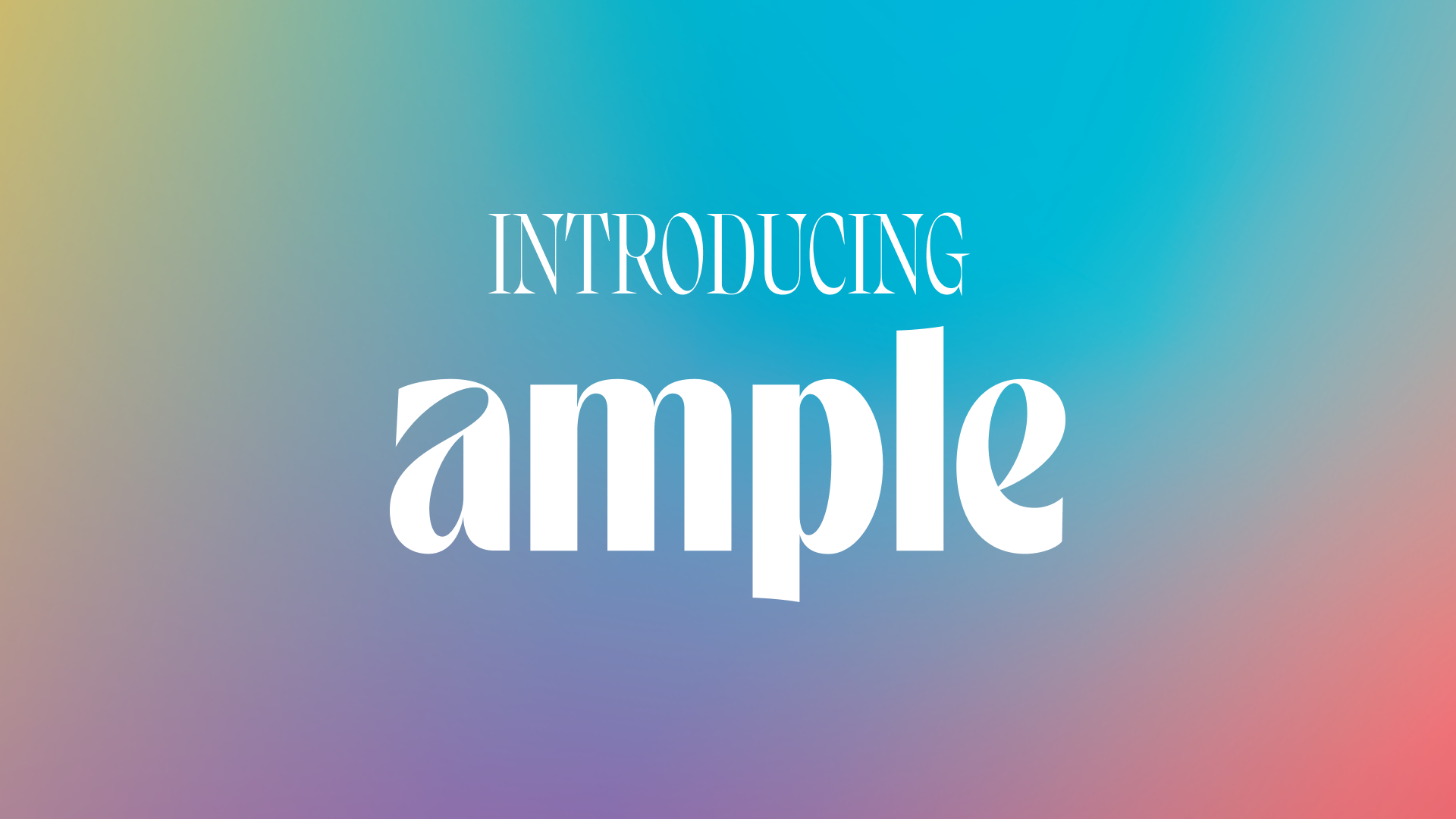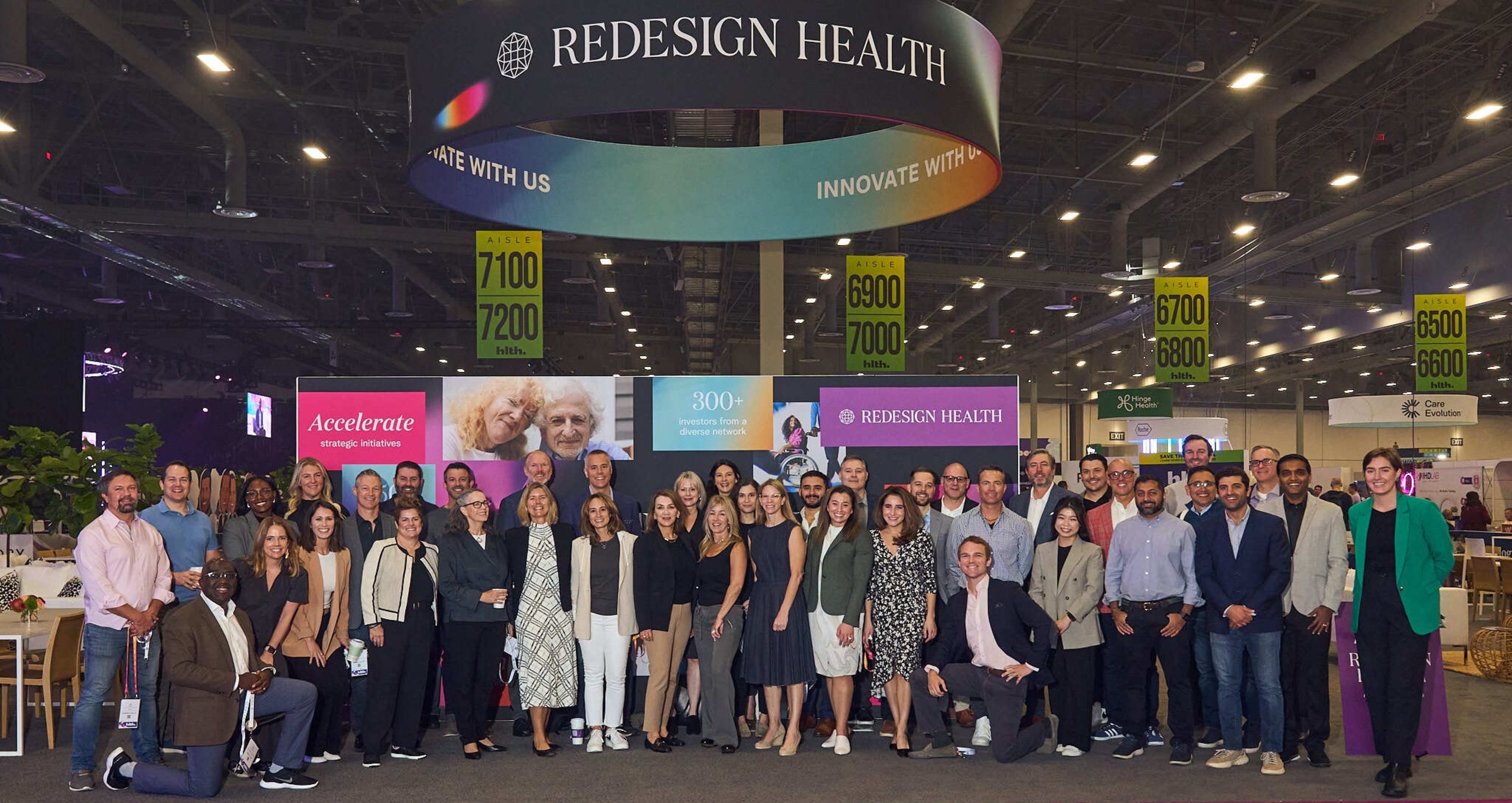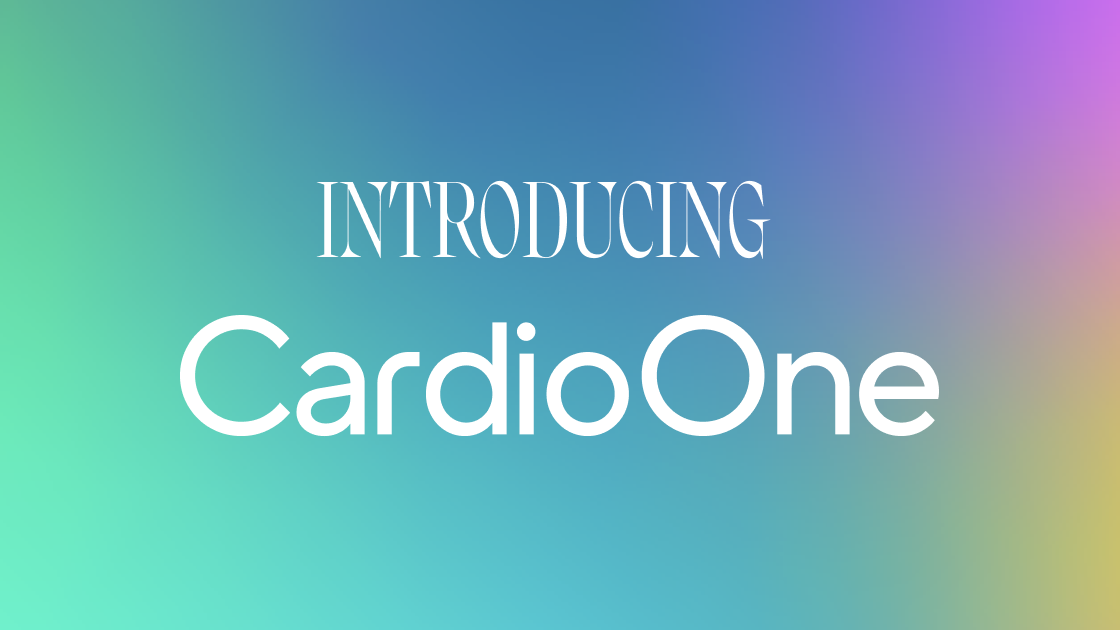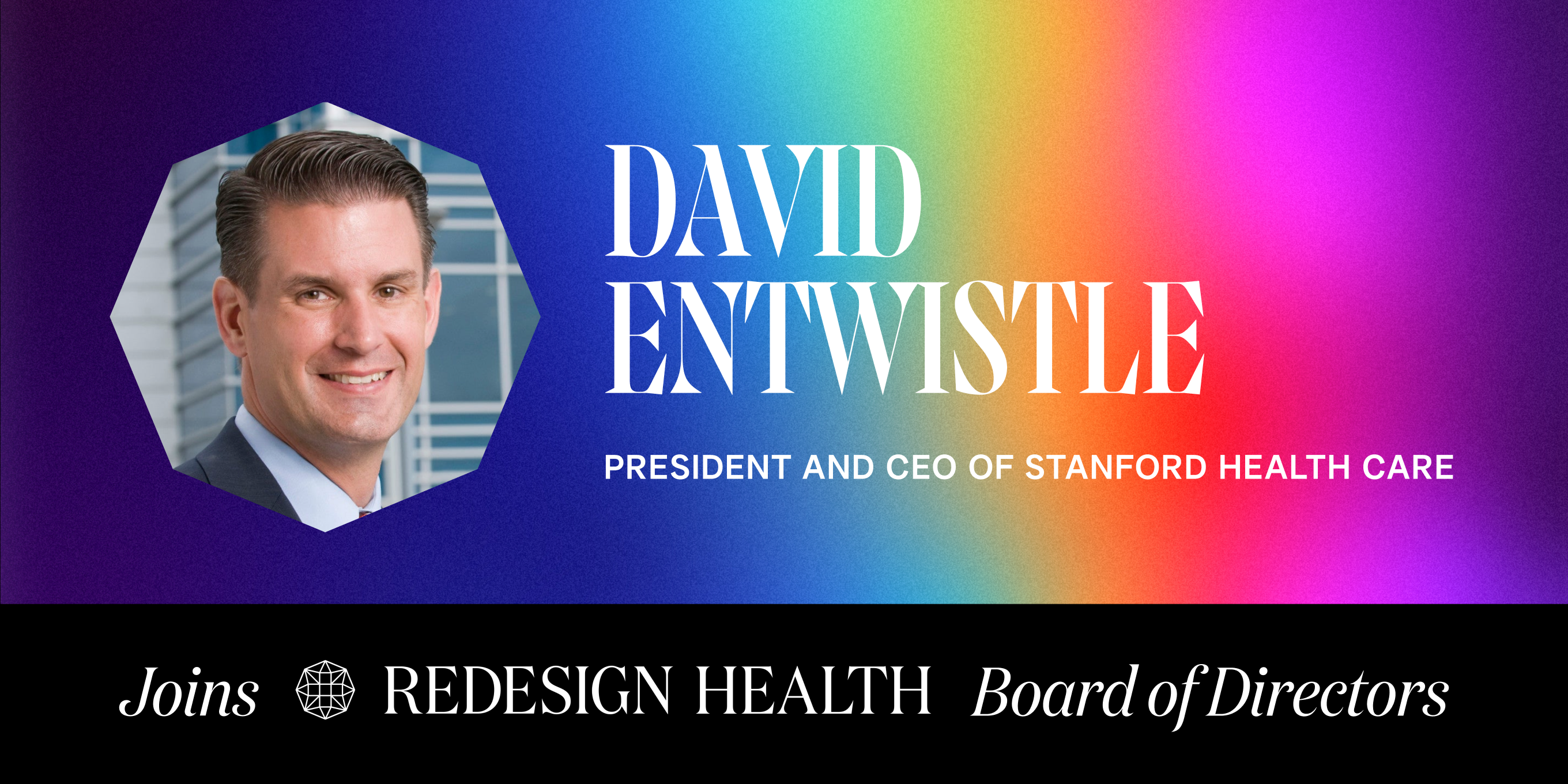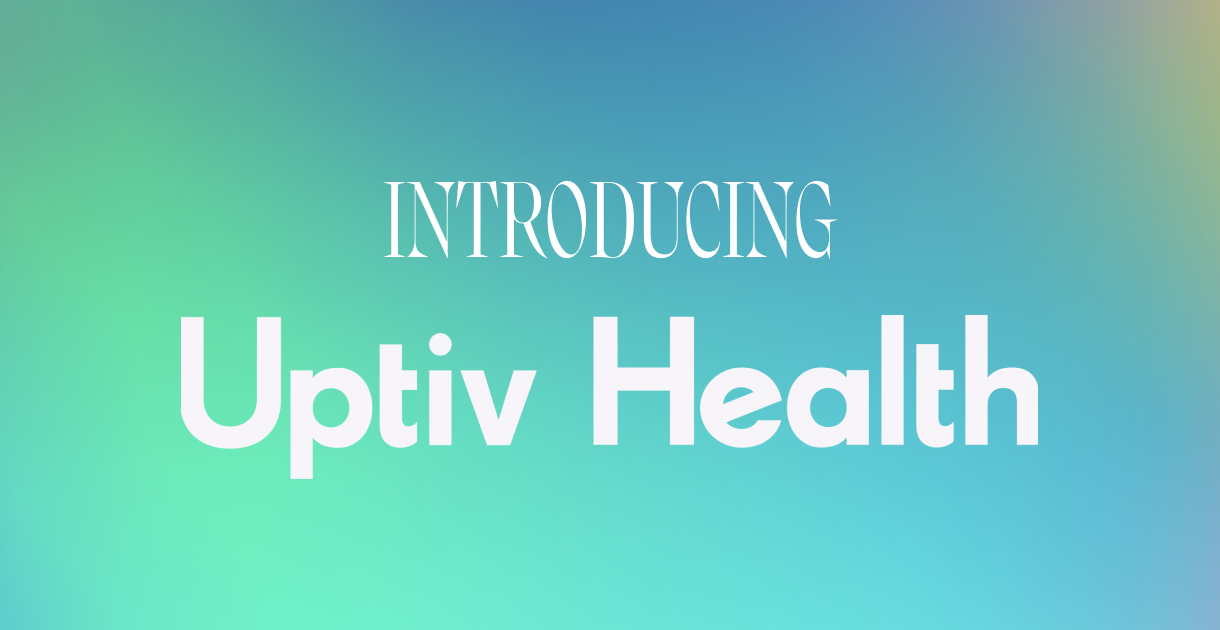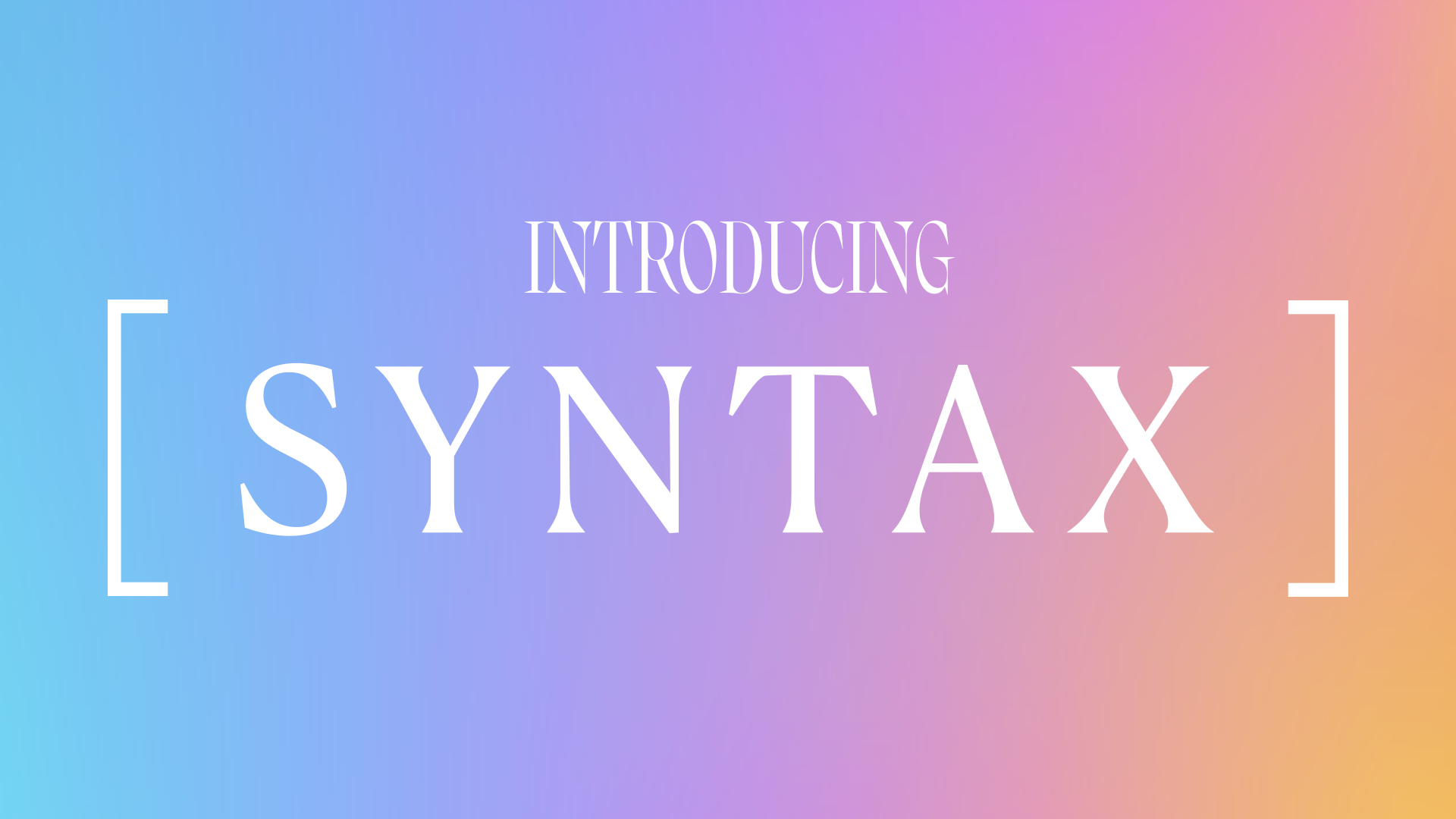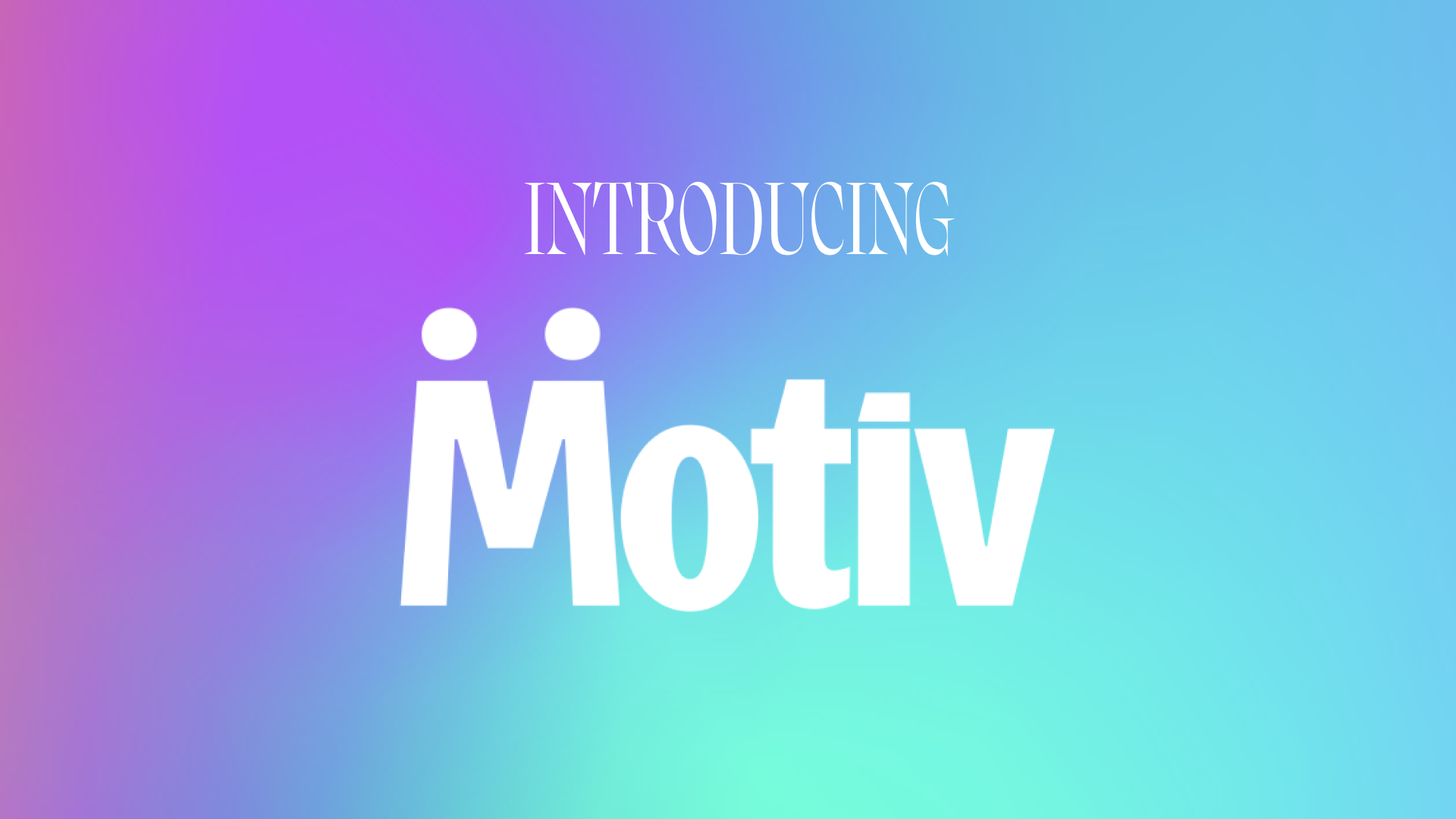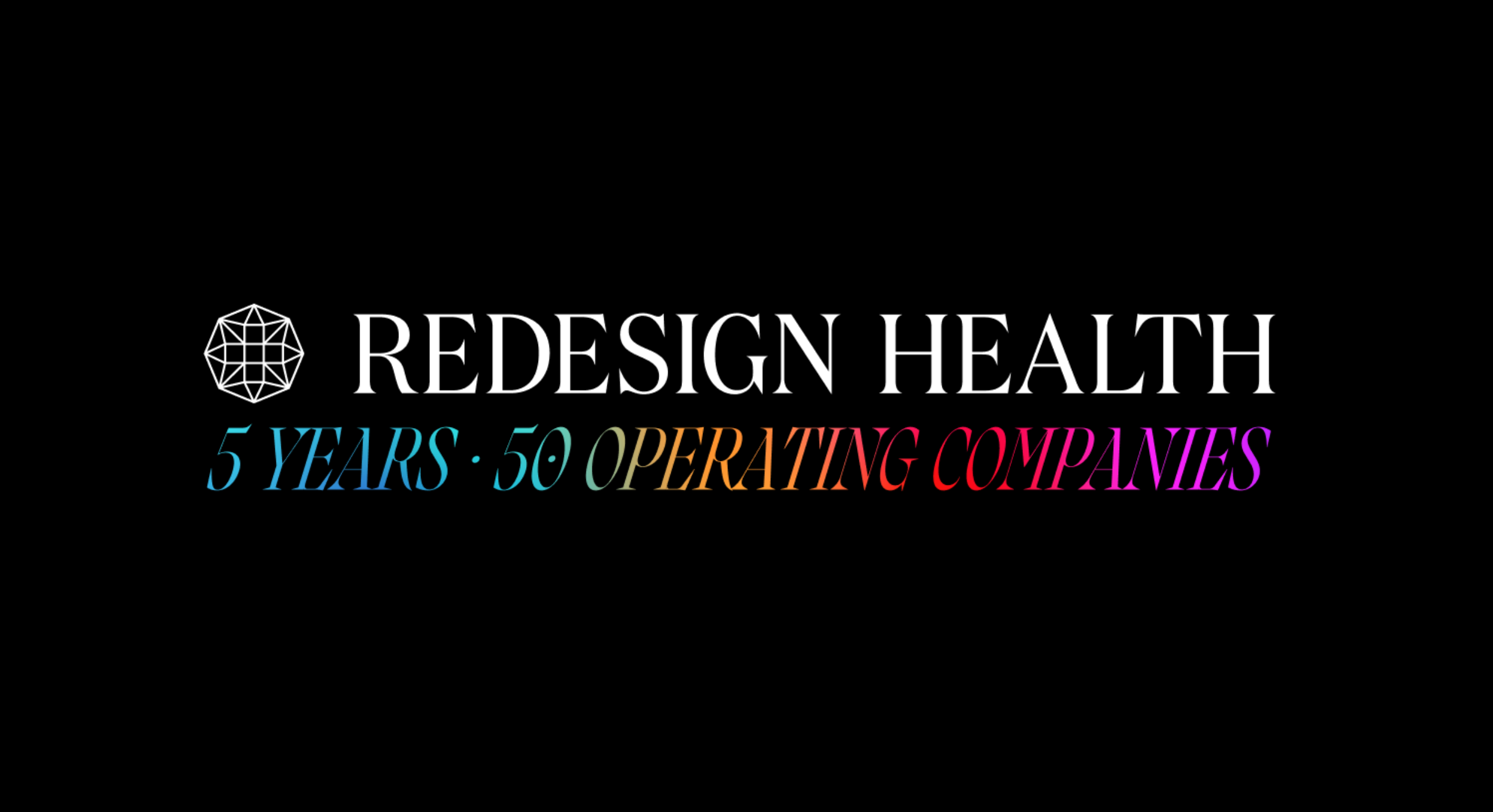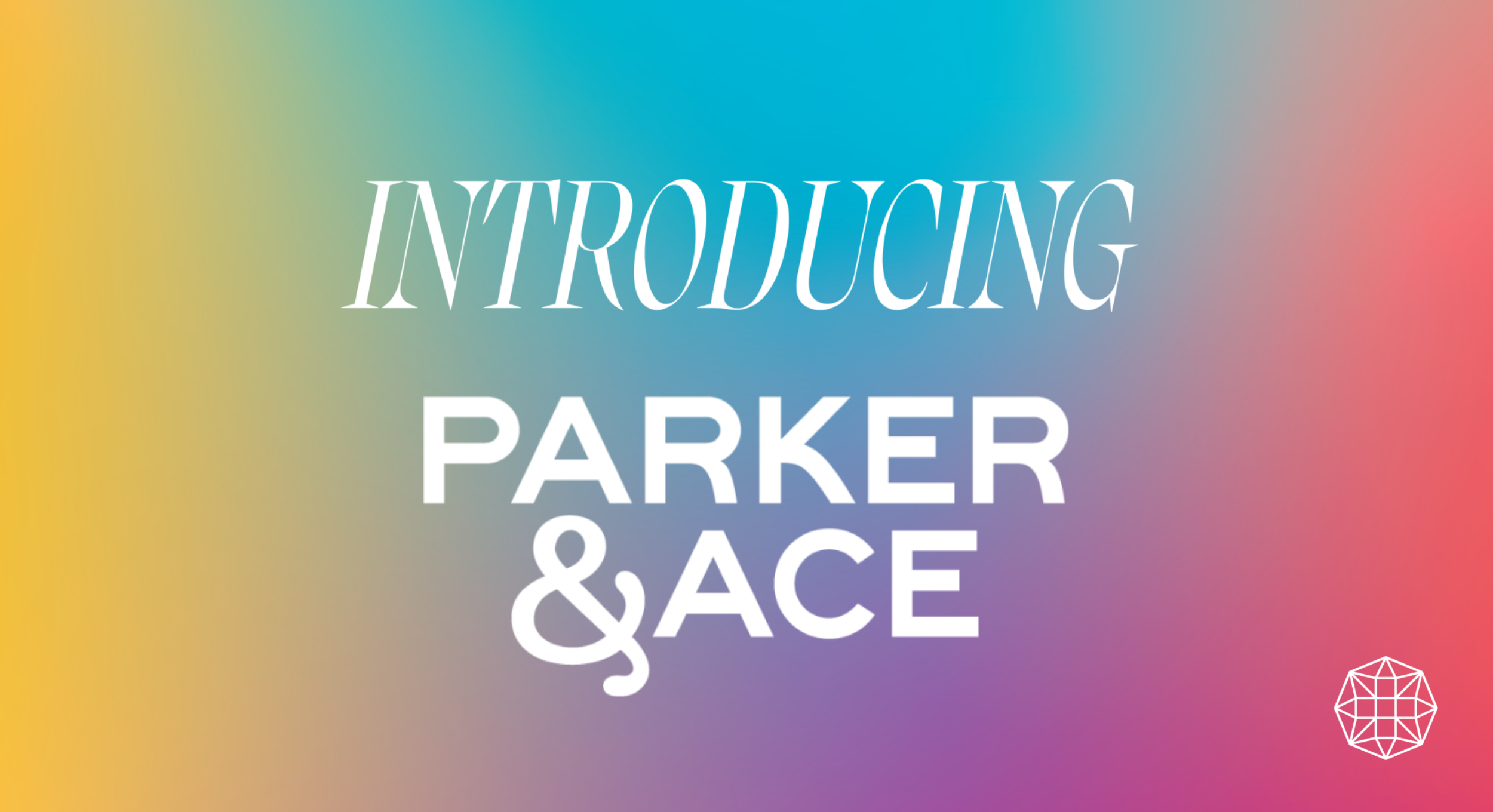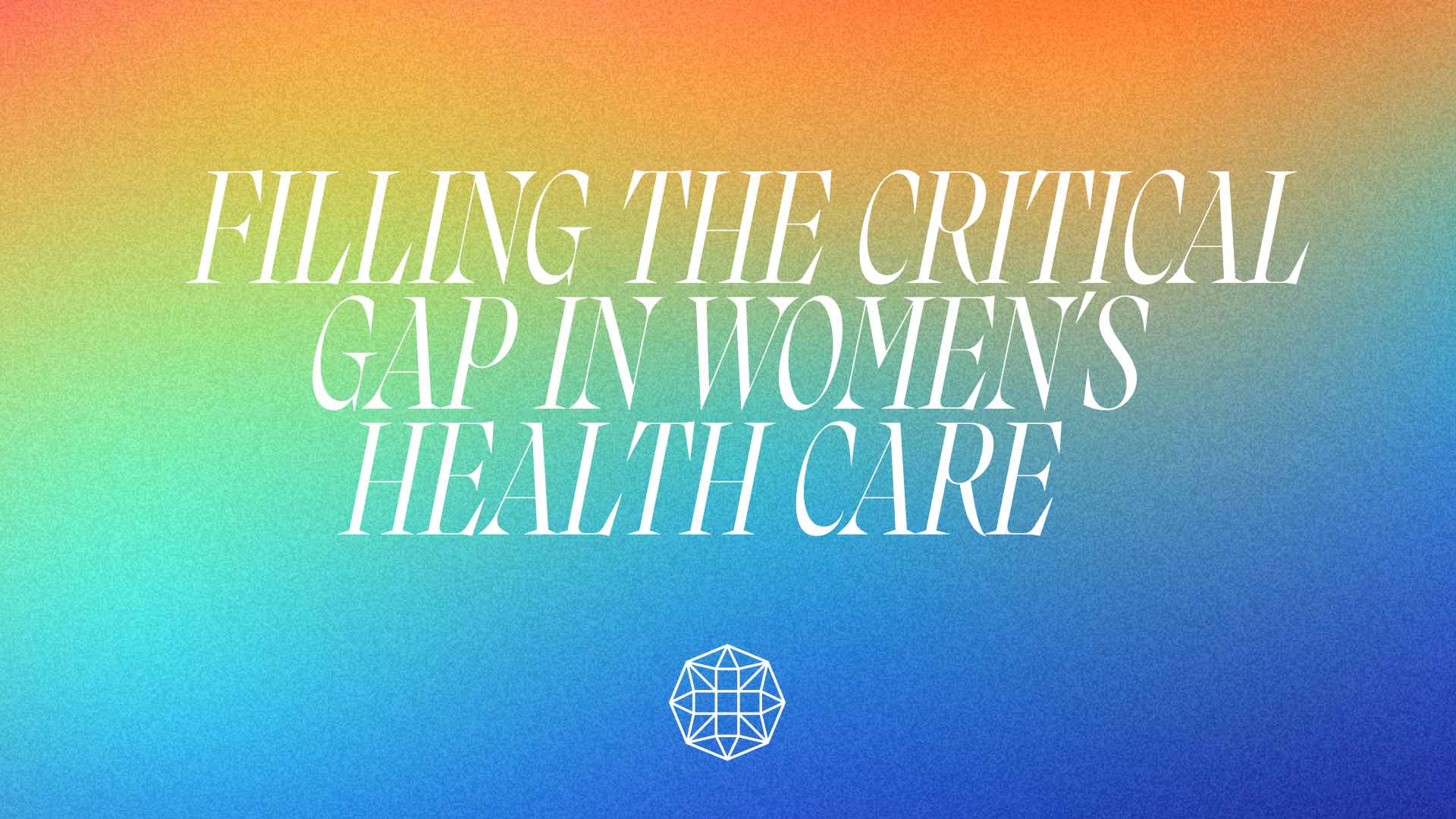
Insights from the Redesign Health Ecosystem: Improving Healthcare for Older Adults
Every day, approximately 10,000 Baby Boomers turn 65. As the U.S. older adult population continues aging at an unprecedented rate, healthcare innovators are tasked with designing solutions that capture and address this population’s unique needs in a timely manner.
Within the Redesign Health ecosystem, multiple Operating Companies — including Together Senior Health, Keen, and DUOS — are working to do just that.
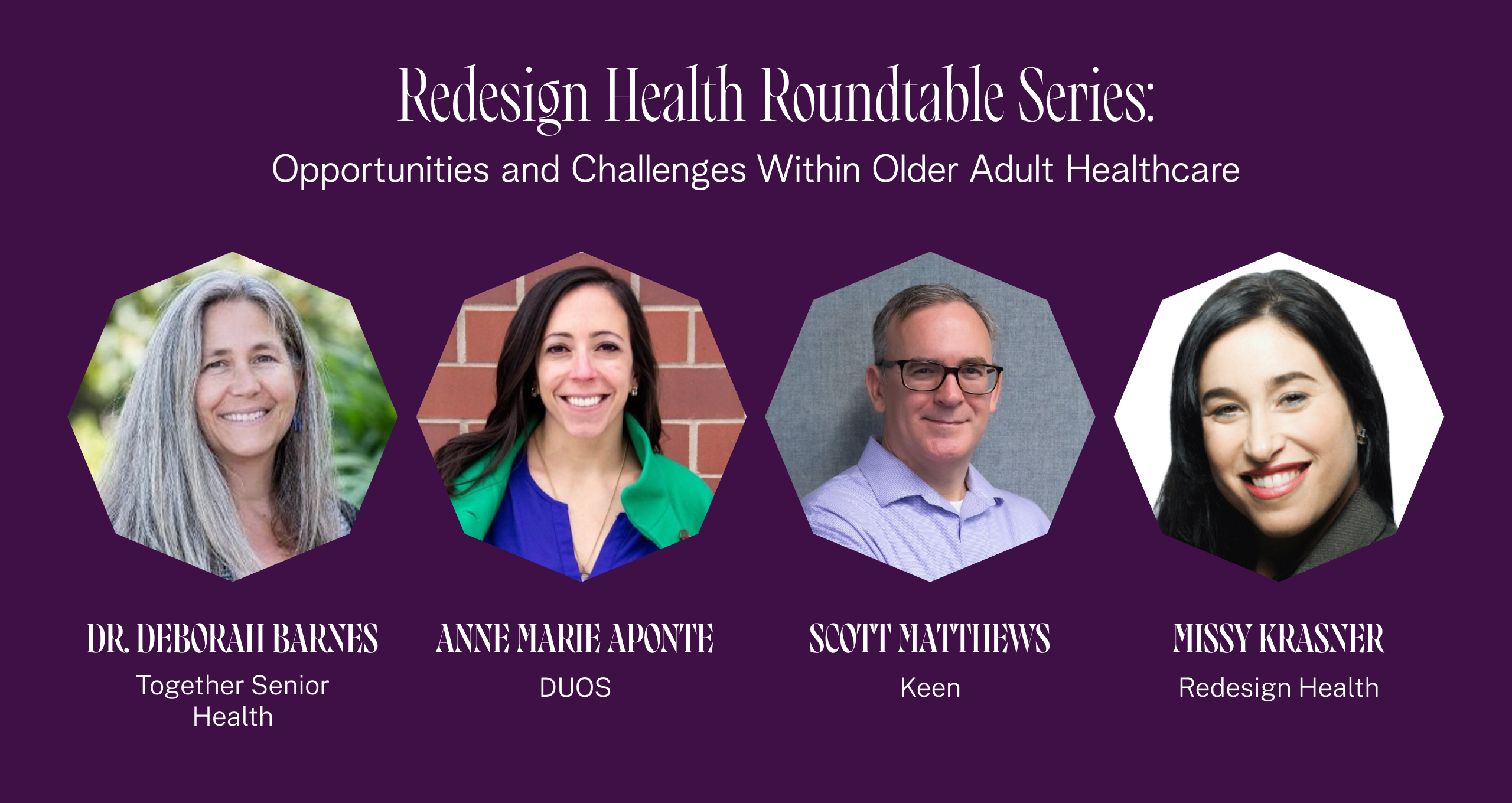
To explore the state of older adult healthcare in the United States and how these Operating Companies are approaching the complex, multi-faceted needs of this demographic, Missy Krasner, a Venture Chair at Redesign Health, recently held a roundtable discussion with three members of the Redesign Health ecosystem who are facilitating healthier aging:
Anne Marie Aponte: Co-Founder and COO of DUOS, a personal assistant service that helps older adults age independently, with the goal of forming trusted relationships with older adults using technology and community to support fulfilling lives at home.
Deborah Barnes Ph.D. and MPH: Chief Science Advisor of Together Senior Health, a digital therapeutic and community platform dedicated to helping people with Alzheimer's and dementia remain healthy and independent at home.
Scott Matthews: Co-Founder and CEO of Keen, which combines the power of trust-based personal relationships and purpose-built technology to deliver better Medicare plan selection and health outcomes to local communities.
The full conversation is at the end of this post. Here are a few key takeaways:
1. In order to truly redesign healthcare for older adults, solution-builders must understand how social determinants of health (SDOH) impact patient health outcomes. Preventive and effective solutions alleviate the impact of these determinants and improve older adults’ overall well-being.
“A recent study came out showing that 54% of single female seniors and 45% of single male seniors over 65 have insufficient income to pay for their basic living expenses. And there is a correlation between income and healthcare literacy that was published in JAMA. What you see is people with lower health care literacy end up picking more expensive, lower-quality plans, and they continue to get further behind. There’s a lot to think about in terms of diversity and cultural diversity in this population as we approach the market.” - Scott Matthews, Co-Founder and CEO of Keen
“We know that certain SDOH puts people at increased risk of developing cognitive impairment and dementia, and that Black and Hispanic individuals have an increased risk of developing dementia, even after accounting for those other SDOH. There are other risk factors like chronic health conditions, hypertension, diabetes, depression, obesity, which are also more common in people who are already impacted by these SDOH. At Together Senior Health, we think about how to design a program and develop options for people who already have all of these other risk factors.” - Deborah Barnes, Chief Science Advisor of Together Senior Health

“At Together Senior Health, we think about how to design a program and develop options for people who already have all of these other risk factors.” - Deborah Barnes

2. A lack of education and awareness is a key barrier we need to overcome to drive engagement of benefits like grocery delivery, transportation perks, etc.
“There are a lot of great programs out there to close the gaps, but the awareness of these programs is low — especially programs for low income populations and dual eligibles. These plans are coming out with very rich benefits, like $300/month for healthy food, utilities, transportation, post-discharge meals, etc. But a lot of members just aren’t aware of this and don’t know how to navigate the complexities of the system to access these benefits. A lot of times it’s just an awareness gap.” - Scott Matthews, Co-Founder and CEO of Keen
“One of our health plan partners [at DUOS] is incredibly progressive and is investing heavily in supplemental benefits like meal benefits and transportation. Every member in this plan has access to NEMT benefits, and yet we’ve had to educate one-third of them about that benefit because they simply don’t know it’s there. I really do believe that providers and entities can really help bridge the gap to make better use of all the important investments being made right now.” - Anne Marie Aponte, Co-Founder and COO of DUOS

“There are a lot of great programs out there to close the gaps, but the awareness of these programs is low — especially programs for low income populations and dual eligibles.” - Scott Matthews

3. Today, baby boomers have an overwhelming preference to age in place: 75% of people over the age of 55 say they want to age in place (at home), and 50% say they will create life savings to do so. To ensure doing so is possible, we need healthcare solutions that shift away from the traditional dependency market and help facilitate greater independence.
“One of the things I’ve seen being a caregiver and taking care of someone with multiple sclerosis who’s had it for the majority of her adult life is that many of the products, services and technology solutions we see in the senior market are less focused on aging in place and more focused on traditional dependency market.” - Missy Krasner, Venture Chair at Redesign Health
“At Together Senior Health, part of how we shift from dependence to independence is helping remind people what they still can do. For example, we know that the muscle memory part of the brain still works really well in people with dementia. Part of our program is practicing movement sequences needed to support daily functions such as transitioning smoothly between sitting and standing.” - Deborah Barnes, Chief Science Advisor of Together Senior Health
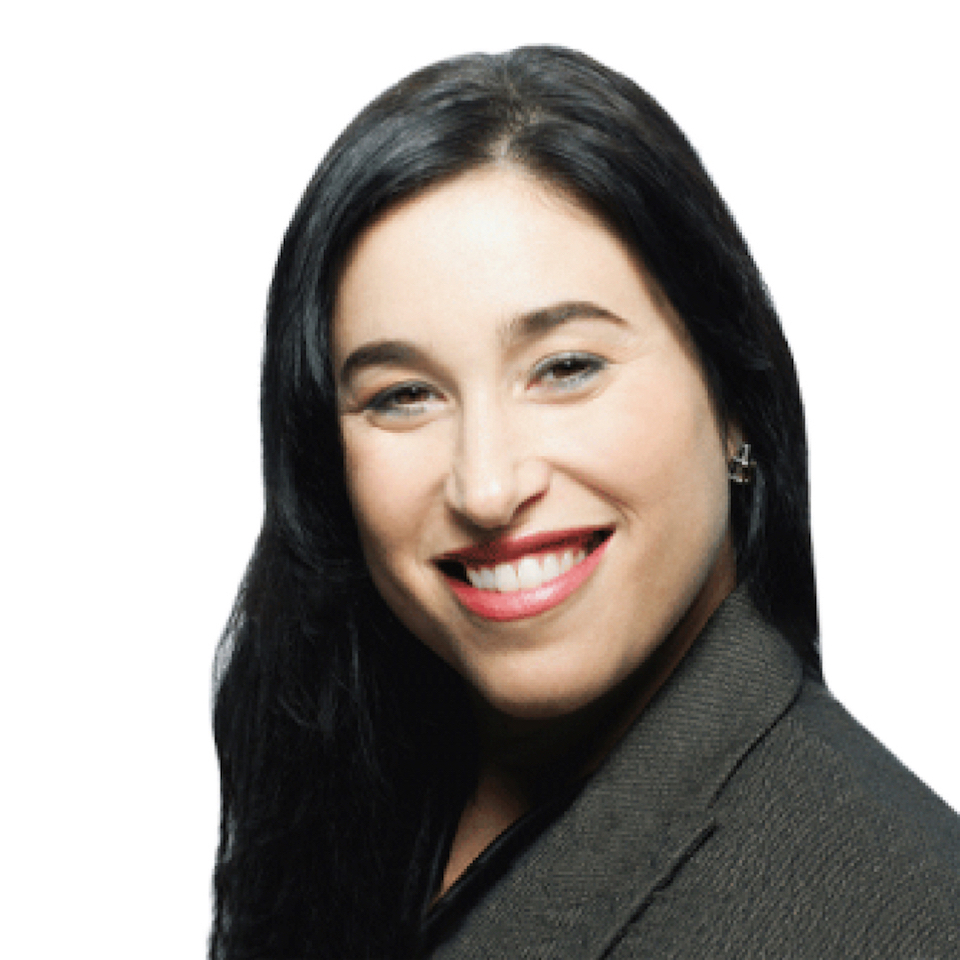
“Many of the products, services and technology solutions we see in the senior market are less focused on aging in place and more focused on traditional dependency market.” - Missy Krasner

4. Providers of healthcare for older adults need to focus on engaging the caregiver in order to deliver more effective solutions.
“95% of the caregivers we've surveyed don't actually want to be alleviated of caregiving responsibilities. They just want more support doing it so they can balance all their other life responsibilities—especially considering how many of them are part of the sandwich generation, which means they’re both caring for an older adult and children. Demand for asynchronous tech-forward solutions to support caregivers is a lot higher than it is among older adults. We need to develop solutions that aren’t just catering to older adults or just caregivers, but rather can bring them together [to meet all objectives].” - Anne Marie Aponte, Co-Founder and COO of DUOS

5. Innovators must create more digitally-inclusive solutions to ensure all stakeholders – including patients, caregivers, providers, and payors – can benefit from innovation in the older adult care space. And it’s critical to build solutions that meet aging adults where they are in their healthcare journey.
“If you look at the 70-plus age population, you're looking at 60 to 65% smartphone adoption. When you look at 50 to 59 years old, [adoption’s at] about 85%. That being said, there's always going to be a segment of the population that's going to need some amount of that human touch. Offering a variety of [omnichannel and hybrid] ways to engage with a solution or engage with the [healthcare] system is only going to become increasingly important. Further, health plans and providers have historically latched on to high-touch disease management, care management and other types of programs that are really hard to scale to serve the needs of the broad population. Conversely, we've seen a lot of tech-only solutions that just aren't going to reach the segment of the population that's still a little bit behind in terms of type adoption. At DUOS, we’re aspiring to offer different paths and types of user experiences, so that we're honoring the diverse needs and preferences of this population.” - Anne Marie Aponte, Co-Founder and COO of DUOS

"We need to develop solutions that aren’t just catering to older adults or just caregivers, but rather can bring them together [to meet all objectives].” - Anne Marie Aponte

The key takeaways from this roundtable conversation align with research findings recently published by the Venture Insights Team at Redesign Health: healthcare solutions for aging adults must be tailored to their unique needs. It is crucial that providers find ways to increase awareness of available solutions and benefits, and better engage both patients and their caregivers. We look forward to watching how companies like Together Senior Health, DUOS and Keen continue to drive better healthcare for older adults and the positive impact they will have on our entire healthcare system.

![No alternate text]() Redesign HealthMaking Comprehensive Care a Reality for Residents of Senior Living Communities
Redesign HealthMaking Comprehensive Care a Reality for Residents of Senior Living CommunitiesTroupe Health extends the reach of primary care physicians to improve health outcomes for older adults
April 09, 2024
![No alternate text]() Redesign HealthPioneering Specialist Physician Enablement:
Redesign HealthPioneering Specialist Physician Enablement:WindRose Acquires Company Built at Redesign Health
WindRose Acquires Company Built at Redesign Health
April 02, 2024
![No alternate text]() Redesign HealthIntroducing Redesign Health’s Newest Venture Chair
Redesign HealthIntroducing Redesign Health’s Newest Venture ChairLou Shapiro will leverage his four decades of healthcare and leadership expertise to guide Operating Companies at Redesign Health
March 26, 2024
![No alternate text]() Redesign HealthSix Takeaways on Healthcare Innovation from ViVE 2024
Redesign HealthSix Takeaways on Healthcare Innovation from ViVE 2024Redesign Health attended ViVE 2024 in Los Angeles. We're sharing the six key takeaways our team observed on what’s driving the industry forward.
March 11, 2024
![No alternate text]() EndocrinologyRedesign HealthInvesting in the Future of Diabetes Care
EndocrinologyRedesign HealthInvesting in the Future of Diabetes CareWith a combination of insights, technology and care, Valendo Health empowers independent endocrinologists to grow their practices
March 05, 2024
![No alternate text]() Redesign HealthRewriting the Script on Comprehensive Medication Management
Redesign HealthRewriting the Script on Comprehensive Medication ManagementScriptology combines an extended clinical pharmacy team with technology, creating proven benefits for patients, providers and payers
February 21, 2024
![No alternate text]() Redesign Health2023 Redesign Health Recap
Redesign Health2023 Redesign Health RecapAs we wrap up the year, here's a recap of some of our most exciting moments.
December 14, 2023
![No alternate text]() DementiaRedesign HealthBridging the Gaps in Dementia Care for Providers, Patients and Caregivers
DementiaRedesign HealthBridging the Gaps in Dementia Care for Providers, Patients and CaregiversHarmonic Health leverages technology and expertise to create a new evidence-based dementia care model.
November 21, 2023
![No alternate text]() Redesign HealthReshaping the Hair Restoration Journey
Redesign HealthReshaping the Hair Restoration JourneyAmple combines clinical expertise and personalized care to make hair restoration approachable and empowering.
November 02, 2023
![No alternate text]() Redesign HealthUnlocking Innovation: The Power of Strategic Partnerships in Healthcare
Redesign HealthUnlocking Innovation: The Power of Strategic Partnerships in HealthcareAt the 2023 Re View Summit, we brought together industry experts from across the healthcare landscape for a discussion that explored how startups can more effectively partner with incumbents. Here are their insights.
October 26, 2023
![No alternate text]() Redesign HealthUnleashing the Power of Generative AI and LLMs in Healthcare: Insights from Industry Experts
Redesign HealthUnleashing the Power of Generative AI and LLMs in Healthcare: Insights from Industry ExpertsAt the 2023 Re View Summit, AI Panelists explored how CEOs can get started, viable opportunities within the market and what investors and health systems are seeking when it comes to practical solutions.
October 24, 2023
![No alternate text]() Redesign HealthHLTH 2023: 6 Emerging Microtrends for Healthcare Innovators
Redesign HealthHLTH 2023: 6 Emerging Microtrends for Healthcare InnovatorsWe're sharing the six microtrends we kept hearing about at HLTH 2023 that we expect to shape the early-stage company landscape in the years to come.
October 18, 2023
![No alternate text]() CEORedesign HealthFrom Startups to Scaling: Key Takeaways from the 2023 Re View Summit
CEORedesign HealthFrom Startups to Scaling: Key Takeaways from the 2023 Re View SummitDuring our recent Re View Summit, we gathered 40+ CEOs from the Redesign Health community to tackle some of the most pressing issues in healthcare through panels, workshops and networking. Here are some of the highlights.
October 12, 2023
![No alternate text]() CardiologyRedesign HealthUnlocking the Full Potential of Independent Cardiology Practices
CardiologyRedesign HealthUnlocking the Full Potential of Independent Cardiology PracticesCardiology care delivery enablement platform CardioOne builds early momentum through partnerships with independent cardiology practices and MedAxiom.
October 03, 2023
![No alternate text]() Redesign HealthDavid Entwistle, President and CEO of Stanford Health Care, Joins Redesign Health Board of Directors
Redesign HealthDavid Entwistle, President and CEO of Stanford Health Care, Joins Redesign Health Board of DirectorsWe’re thrilled to welcome David Entwistle, President and CEO of Stanford Health Care, to our Board of Directors.
August 17, 2023
![No alternate text]() Chronic CareRedesign HealthInfusing Innovation Into Care for Chronic Illnesses
Chronic CareRedesign HealthInfusing Innovation Into Care for Chronic IllnessesUptiv Health transforms the transactional treatment model centered on pharmaceutical support to one that’s focused on the whole person, empowering patients while prioritizing their health and well-being.
August 10, 2023
![No alternate text]() Mental HealthRedesign HealthMaking a Clinical Impact: UpLift's Integrated Behavioral Health Model Increases Access to High-Quality Psychotherapy and Psychiatry
Mental HealthRedesign HealthMaking a Clinical Impact: UpLift's Integrated Behavioral Health Model Increases Access to High-Quality Psychotherapy and PsychiatryEarly traction secures $10.7M in Series A funding and a new Medicaid MCO partnership that will form a first-of-its-kind clinically integrated network (CIN) to expand behavioral healthcare access for Medicaid members in Washington, D.C.
August 08, 2023
![No alternate text]() CaregivingRedesign HealthModernizing the Caregiving Experience
CaregivingRedesign HealthModernizing the Caregiving ExperienceWe’re proud to introduce a groundbreaking platform designed to meet caregivers’ unique challenges.
August 01, 2023
![No alternate text]() Healthcare LaborRedesign HealthReimagining the Healthcare Labor Pool Through Innovation
Healthcare LaborRedesign HealthReimagining the Healthcare Labor Pool Through InnovationIn our latest blog post, we look at trends shaping the imbalance of healthcare staffing supply and demand and explore the ecosystem of Operating Companies at Redesign Health that we’ve built to help health systems ease the labor crisis.
July 28, 2023
![No alternate text]() Value-Based CareRedesign HealthBreaking Down Barriers to Value-Based Care Contracting: Simplifying the process through collaboration, real-time insights and comprehensive data
Value-Based CareRedesign HealthBreaking Down Barriers to Value-Based Care Contracting: Simplifying the process through collaboration, real-time insights and comprehensive dataSyntax is an enterprise SaaS platform that simplifies and demystifies how contracts are created and completed for all parties involved. With Syntax, teams can obtain a full view into what a value-based contract will look like in practice.
July 18, 2023
![No alternate text]() Cardiac CareRedesign HealthExpanding Access to Cardiac Rehabilitation with Whole-Person, At-Home Care
Cardiac CareRedesign HealthExpanding Access to Cardiac Rehabilitation with Whole-Person, At-Home CareEach year, more than 1 million Americans become eligible for cardiac rehabilitation. We’re thrilled to launch a new company designed to reshape the way patients receive cardiac rehabilitation.
June 15, 2023
![No alternate text]() Redesign HealthRedesign Health: A 5-Year Milestone of Innovation & Impact
Redesign HealthRedesign Health: A 5-Year Milestone of Innovation & ImpactAs we stand at the cusp of the next wave of change, we wanted to look back on what we’ve done so far and share where we — and the industry — are going next.
May 31, 2023
![No alternate text]() Redesign HealthCelebrating Five Years of Redesigning Health for Everyone
Redesign HealthCelebrating Five Years of Redesigning Health for EveryoneFive years ago, we realized the only way to create real change in healthcare is at scale. Now, we’re proud to have powered the launch of more than 50 healthcare companies.
April 20, 2023
![No alternate text]() Redesign HealthRedefining Pet Care for Modern Pet Parents and Veterinarians
Redesign HealthRedefining Pet Care for Modern Pet Parents and VeterinariansToday’s pet owners don’t just adopt animals—they treat them as members of their family.
April 12, 2023
![No alternate text]() Our Key Takeaways from ViVE 2023
Our Key Takeaways from ViVE 2023Redesign Health attended ViVE 2023 in Nashville last week, where Redesigners and leaders from our Operating Companies connected with industry innovators and attended thought provoking panel discussions.
April 03, 2023
![No alternate text]() Lesley SolomonFilling the Critical Gap in Women’s Health Care
Lesley SolomonFilling the Critical Gap in Women’s Health CareWomen in the United States are facing a troublesome, fragmented patchwork of care options, caused by a variety of challenges.
February 28, 2023
![No alternate text]() 2022 Year in Review
2022 Year in ReviewIt was an exciting year for Redesign Health!
December 19, 2022
![No alternate text]() HLTHRedesign HealthOur Key Takeaways from HLTH 2022
HLTHRedesign HealthOur Key Takeaways from HLTH 2022Redesign Health attended HLTH 2022 in Las Vegas last week, where Redesigners and leaders from our Operating Companies connected with industry innovators and attended thought provoking panel discussions.
November 21, 2022
![No alternate text]() Redesign HealthOur Biannual Redesign Health Cares Day
Redesign HealthOur Biannual Redesign Health Cares DayLast week, Redesign Health held its Redesign Health Cares Day in celebration of World Kindness Day on November 11.
November 17, 2022
![No alternate text]() PartnershipsRedesign HealthPartnering With Leading Children's Hospitals to Identify and Build Innovative Pediatric Healthcare Solutions
PartnershipsRedesign HealthPartnering With Leading Children's Hospitals to Identify and Build Innovative Pediatric Healthcare SolutionsAt Redesign Health, we firmly believe the US healthcare system desperately needs innovation to address our lagging health outcomes, sky-high costs and uneven access to care.
November 03, 2022
![No alternate text]() Redesign HealthRedesign Health at HLTH 2022
Redesign HealthRedesign Health at HLTH 2022We are excited to share that Redesign Health team members and leaders from a number of our Operating Companies will attend HLTH in Las Vegas later this month.
November 02, 2022
![No alternate text]() CEORe View Summit Recap
CEORe View Summit RecapWe recently brought together 30+ of our founding CEOs and Venture Chairs for the inaugural Re View Summit, a two-day event focused on the best practices for successfully scaling businesses.
September 29, 2022
![No alternate text]() Redesign HealthOur Mission to Redesign Health for Everyone
Redesign HealthOur Mission to Redesign Health for EveryoneRedesign Health powers innovation in healthcare by developing technologies, tools, and insights that lower the barriers to change across the industry. Since 2018, exceptional founders have built over two dozen companies at Redesign Health.
September 13, 2022
![No alternate text]() Redesign HealthAmbition and Urgency Shape the New Redesign Health Brand
Redesign HealthAmbition and Urgency Shape the New Redesign Health BrandOur new brand is the culmination of conversations with people from all levels of the organization — those who have been with Redesign since the beginning to people who just walked in the door. We listened to founders, partners, and industry experts.
April 21, 2022








